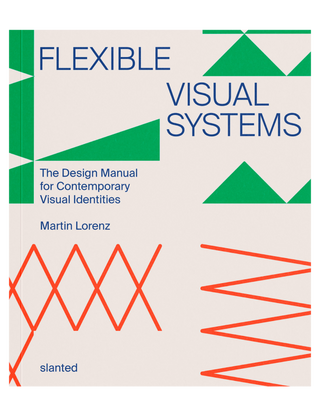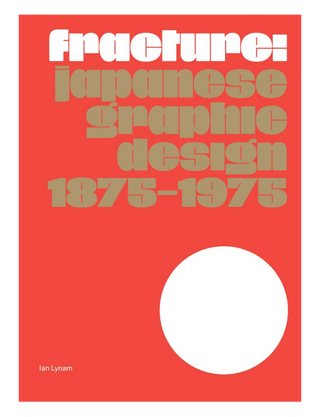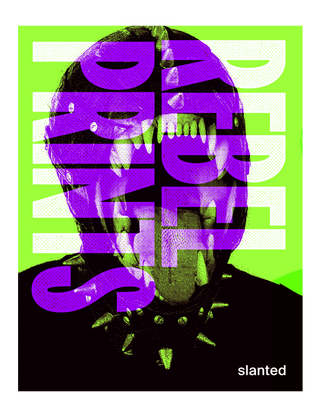UI/UX designers are responsible for developing interfaces for digital products. As in any IT profession, it is important for them to constantly learn, because technology is developing very quickly, and you need to always keep your finger on the pulse. A successful UI/UX designer reads a lot of articles in professional sources, watches videos and takes courses that allow you to deepen your knowledge in this field.
Books still have one of the most lasting and positive influences on the development of a UI/UX designer as a specialist. After all, it is a book that allows you to delve into a topic as much as possible, look at it from different angles, and research it thoroughly.
Some of the books we recommend in this article were written quite a while ago, but they are still relevant even now, when new AI startups are popping up everywhere, and designers in some places fear that they will soon be replaced by artificial intelligence.
Such books have become classics, a fundamental source of knowledge about interfaces and user experience, and are a must-read for those who really want to become a successful designer.
One such book is Steve Krug's Don't Make Me Think . It lays the foundation for a beginner's designer's mindset by explaining how people behave on websites in real life. The book has become a usability classic and teaches the main principle of good UX - interfaces should be so obvious that the user does not have to waste effort on thinking. It is one of the most popular books for beginner designers and a must-read for anyone who wants to create intuitive products without unnecessary complications.
Another book by a famous author is “Design for a Better World” by Don Norman . In general, Don Norman is a very well-known figure in the world of UX: he coined the term “UX”, worked as a vice president at Apple, and also founded the Nielsen Norman Group with Jakob Nielsen — one of the most authoritative communities in the field of UX. He currently heads the Design Lab at the University of California. In his book, Norman reflects on global problems that could be solved with the help of design. It forces us to rethink the role of a UX designer not only as a creator of interfaces, but as an agent of positive change in society — from ethically designing digital products to creating an inclusive environment for all users.
UI/UX design is closely related to psychology, because in order to create truly convenient products for people, it is important to understand how the human brain works. This is what the book “100 Things Every Designer Should Know About People” by Susan M. Weinschenk is about. This is a guide to behavioral psychology that explains why people act the way they do. The book will help UX designers better take into account the perception, attention, motivation, and memory of users when creating logic and ease of interaction with the interface.
Psychology, but in a more cultural and social context, includes Sean Adams' book "How Design Makes Us Think" . It explores the impact of visual design on people's emotions, perceptions, and behavior. For UX designers, this is a deeper understanding of aesthetics, semiotics, and cultural context - the elements that shape strong visual solutions.
A UI/UX designer not only creates interfaces in Figma, but also thinks through the flow, communicates with business, clients, users and developers. A significant part of the time is spent arguing and presenting design solutions. It is extremely important to correctly present and "defend" the concept. The book "Formulating Design Solutions" by Tom Griever will help with this. It teaches you how to effectively communicate design ideas to the team, managers and clients. It will be useful for UX designers to build trust and avoid misunderstandings during the development process.
But mastering the tool is not just about Figma or other software. There are techniques that allow you to understand the user more deeply. One of them is user story mapping. And the corresponding book, “User Story Mapping” by Peter Economy and Jeff Patton , is a practical guide to creating user story maps for effective planning of product functionality.
In recent years, there have been significant developments in the field of inclusive design and accessibility.
So, a modern UI/UX designer must understand accessibility and cannot ignore it. In the book “Discrepancy: How Inclusion Shapes Design,” Kat Holmes explores how exclusion arises from stereotyped thinking and shows how to create solutions that are accessible to people with different abilities. Color contrast, keyboard support, and voiced elements are all tools for creating a truly inclusive experience.
To structure your UX design knowledge and get everything organized, you should turn to the book “Universal Principles of UX” by Irene Pereira . Irene is a world-renowned, award-winning designer and co-founder of the New York studio Anton & Irene. She has worked on UX initiatives for The Met, Kickstarter, Balenciaga, Wacom, USA Today, EA, Spotify, Google, Nickelodeon, Karim Rashid, Shantell Martin, BBC, and Red Bull. Her book is an organized encyclopedia of 100 UX design principles, covering the laws, biases, tips, and concepts important for creating a quality user experience.
Of course, we could not ignore two publications from the Ukrainian professional communities KyivUX and R9 Research Community.
Both books are collections of articles from practicing professionals in the field of design and product development.
"Workshop like Borscht" contains practical examples of conducting design workshops. It will be useful for UX designers to facilitate teamwork, collaboration, and stakeholder engagement.
"User Research" immerses you in the process of collecting quality feedback from real users. It teaches you how to choose the right research methods, formulate questions, and turn insights into design solutions.
Of course, this is far from a complete list of books that we would like to recommend to UI/UX designers. Therefore, our section of books on UI/UX design will be regularly updated - we strive to provide you with the best.
In addition to specialized publications, don't forget about books on other areas of design - graphic design , typography , branding , etc. They will help you deepen your expertise in design in general.
Many successful designers are also interested in contemporary art , architecture , and photography — these areas broaden their worldview and inspire unconventional solutions.
So get inspired with Tyra.
Tyra — for designers & thinkers!











